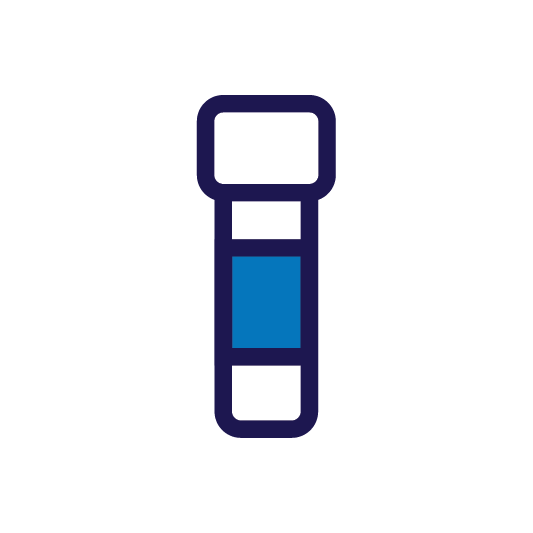You should establish conditions of the binding reaction for each protein-DNA pair. For IRDye 700 p53 oligonucleotide, the following binding reaction is a good starting point:
| Reaction | µL |
|---|---|
| 10X Binding Buffer (100 mM Tris, 500 mM KCI, 10 mM DTT; pH 7.5) | 2 |
| Poly (dl•dC) 1 µg/µL in 10 mM Tris, 1 mM EDTA; pH 7.5 | 1 |
| 25 mM DTT/2.5% Tween® 20 | 2 |
| 100 mM McCl2 | 1 |
| Water | 12 |
| IRDye 700 p53 | 1 |
| HeLa 4 hour Serum Response nuclear extract (positive control) (5 µg/µL) | 1 |
| Total | 20 |
After the addition of the DNA to the protein-buffer mix, reactions are incubated to allow protein binding to DNA. A typical incubation condition is 20-30 minutes at room temperature.
Since IRDye infrared dyes are somewhat sensitive to light, it is best to keep binding reactions in the dark during incubation periods (e.g., put the tubes into a drawer or simply cover the rack containing tubes with aluminum foil). After the incubation period, 10X Orange Loading Dye (P/N 927-10100) is added to the binding reaction for electrophoresis.




